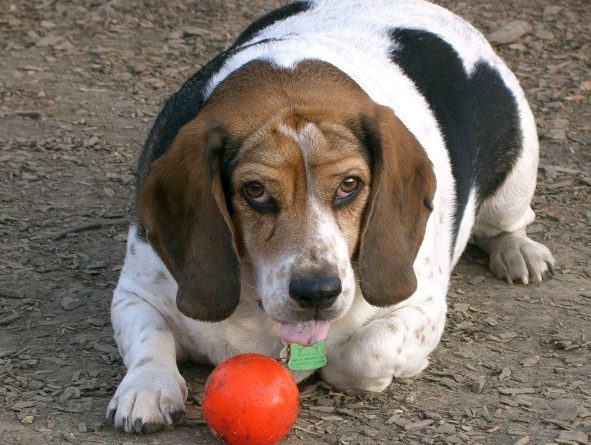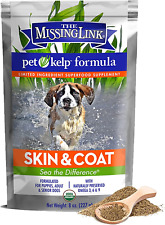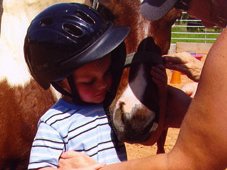Holiday Feasting and Your Dog’s Bellyache
The holidays are upon us and in the United States, this means a good 6 weeks of feasting from Thanksgiving to New Year’s Day. This can mean expanding waistlines for us humans and our pets as well. It is also this time of the year that veterinarians see a spike in GI (gastrointestinal) problems, or “bellyaches.” While Fido may appreciate you slipping a piece or two of ham from your holiday plate; you may want to think again for his health’s sake.
Common Problems Associated With “People Food”
Most pet owners are pretty good about feeding just dog or cat food to their pets, but the rules tend to get broken over the holidays. Here is a list of common issues associated with table scraps:
- Overweight and Obesity
- While one or two pieces of ham won’t cause Fluffy to become, well, “extra fluffy”, it can be a slippery slope that becomes a long-time habit, leading to higher caloric intake and obesity.
- Gas
- When your pet eats things that he is not used to, this can lead to excessive GI gas. Extra sugary treats can cause normal bacteria (called gut flora) to go into hyper-drive, producing more gas than normal – leading to smelly farts and discomfort.
- Vomiting and Diarrhea
- Sudden diet change is a common cause.
- Besides making a mess, these symptoms can be very uncomfortable and harmful to your pet.
- They can also be a sign of other problems in the body, such as pancreatitis (see below.)
- Toxins and Poisons
- Many of our favorite treats are actually poisonous to our furry friends.
- The most common toxic foods during the holidays include chocolate, macadamia nuts, grapes and raisins, yeast dough, alcohol, and artificial sweeteners (especially Xylitol).
- For more information about foods your pet should never eat, take a look at the ASPCA Animal Poison Control Center‘s article ‘People Foods to Avoid’.
- Pancreatitis
- This is a dangerous condition that is seen after sudden intake of fatty foods, but many times the actual cause is unknown.
- When fatty foods are consumed that your dog isn’t used to – the pancreas goes into “hyper-drive” making digestive enzymes. This leads to inflammation and can cause damage to the structure and function of the pancreas.
- It is a painful condition that causes a variety of symptoms, including vomiting, diarrhea, fever, anorexia and lethargy.
- Many dogs suffering from pancreatitis have to be treated with fluid therapy, antibiotics and pain medication.
- Some breeds are more susceptible to pancreatitis, such as Miniature Schnauzers and terriers, so be wary before slipping down that piece of ham!
Benefits of Not Feeding From the Table
- Normal stools and less chance of diarrhea, gas and vomiting
- Avoidance of toxic foods
- A slimmer waistline
- Limited or no annoying ‘begging’ behavior
- Fewer vet bills, meaning more money in your pocket
- Better nutrition for your pet, year-round
Festive Feasting for your Pet
- Raw carrots
- Raw or steamed green beans
- Pieces of your pet’s dry food
- Oat cereal, such as Cheerios
- Raw apple
- Raw banana
Always remember to keep it in moderation and as low-fat and low-sugar as possible. Smaller portions are best. Your pet will appreciate the gesture!














